Where is the best place to plant honeysuckle?
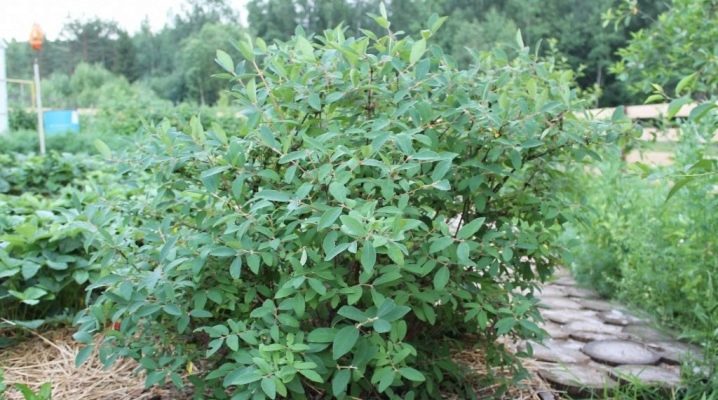
Shrubs such as honeysuckle are often chosen by gardeners for their plots. After all, this plant is very decorative, even in a single planting, it changes the look of the garden. Honeysuckle is famous for its unpretentiousness, but if you want to get the most out of the plant, you need to plant it correctly.

Which lighting is best?
When choosing a planting site, you need to understand that honeysuckle is primarily a wild culture. It grows actively in forests, and no one there cares about the place of growth. Therefore, light partial shade is quite acceptable. For example, a large fruit tree can be located nearby, and the light, penetrating through its crown, will become diffused. This is fine for honeysuckle.
But a full shadow is strongly discouraged.
Still, honeysuckle grows best in open areas. If the plant is constantly illuminated by the sun, it will become healthier and more resilient, and less attacked by pests. Important: honeysuckle seedlings, which are located on the southern or southeastern sides, at first will need to be shaded from the sun. This is due to the fact that the young plant is not yet too adapted to new conditions and may get burned.
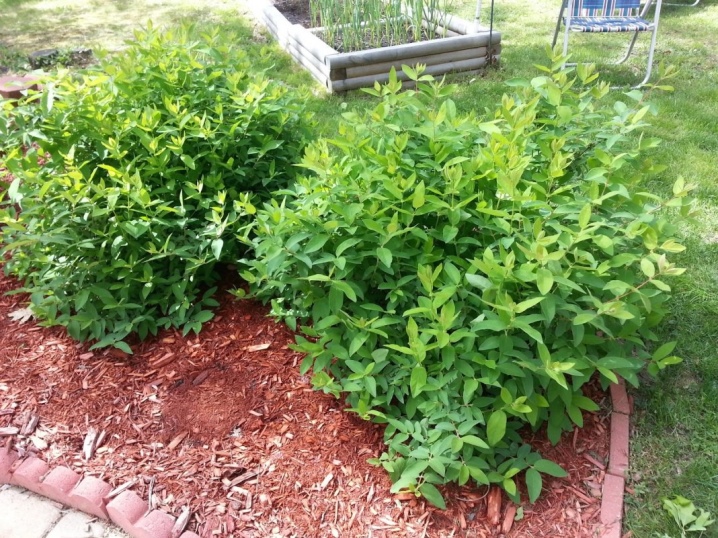
Choose low or high ground?
When planning to plant honeysuckle in a summer cottage, you will have to take into account not only the level of illumination. Like most plants, the described shrub does not tolerate waterlogging, which can often be observed in lowlands. In such soil, the roots quickly rot, the plant stops developing and dies. Therefore, growing in the lowlands is absolutely pointless.
This culture feels best on flat terrain. However, there is one caveat here too - groundwater. If they flow close to the surface (above a meter), then it is impossible to plant honeysuckle on such soil, since cold temperatures and constant humidity will lead to the same result as in the lowlands. An alternative option is to install a drainage system that will prevent the effects of water.
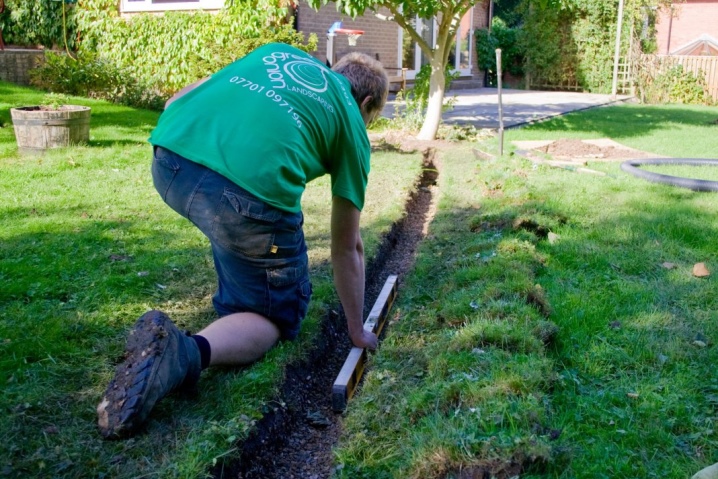
If the drainage cannot be installed for some reason, then all that remains is to plant the honeysuckle on a hill. In this case, you will have to make an embankment of several layers. Drainage in this case is also required. The best material for this would be crushed stone.
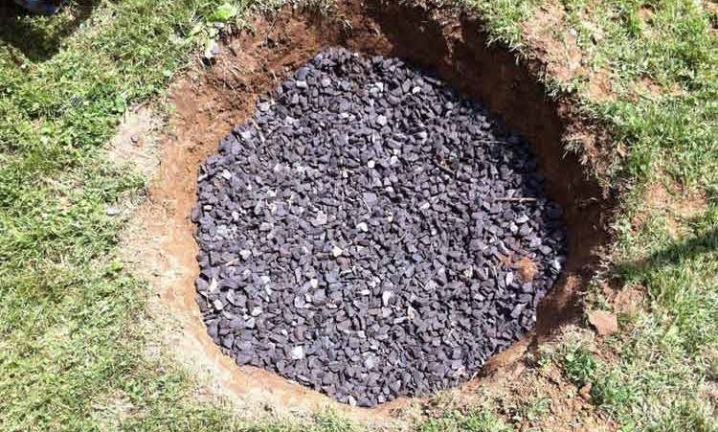
What should be the soil?
Honeysuckle grows well in almost any soil. But there are certain subtleties here as well. So, immediately you need to pay attention to the acidity of the soil. The shrub prefers pH 5.5 to 6.5.
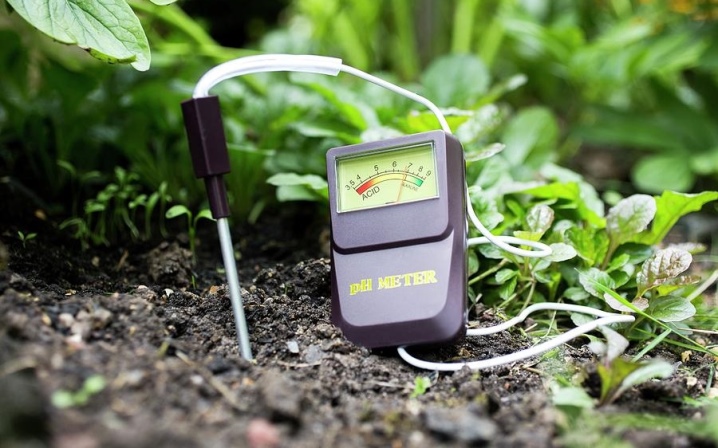
If the acidity is lower, then it is better to calcify the soil a month before planting. Although, if you look at the reviews of gardeners, they also grew honeysuckle on the ground with 4.5 pH.
High acidity is much more dangerous. On such a substrate, the culture will develop very poorly, it may not yield a crop. The first sign of increased acidity is a large number of horsetails. If the soil is acidic, chalk will need to be added to it, you can also replace it with dolomite flour. You will need a couple of handfuls of these products per square meter of soil.

Honeysuckle does not like heavy soil with a large admixture of clay. Such land is poorly permeable to oxygen, water constantly stagnates in it. It is inappropriate to plant shrubs on sandy soil. It is too light and airy, so everything useful that is there is quickly washed out.A good choice is black soil, forest land, sod-podzolic soil. In general, for such a plant, you need to choose the golden mean: not too light, but not heavy soils with a small proportion of sand and clay.

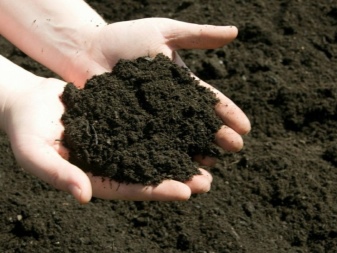
You can make the ground for honeysuckle yourself. There are two interesting options here.
First:
- humus - 1 part;
- peat - 1 part.

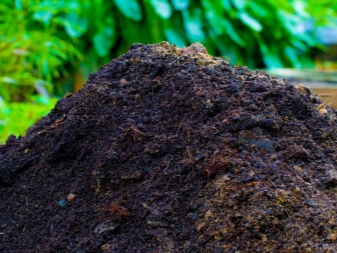
Second:
- sod land - 3 parts;
- peat (can be replaced with sand) - 1 part;
- humus - 1 part.
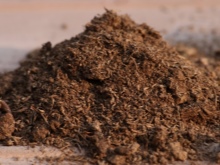
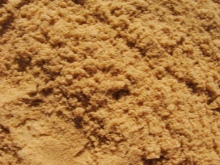

If you want to fertilize the land in advance, take the following ingredients:
- humus - 10 liters;
- mineral dressing - 0.2 kg;
- wood ash - 1 kg.
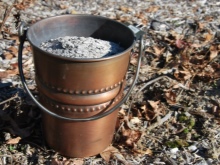
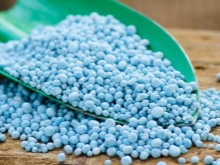
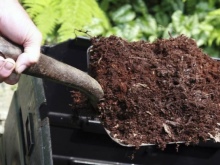
All components are connected and placed in a planting pit for shrinkage for a month.
Other Requirements
The above-described subtleties are far from all that must be taken into account when planning to plant honeysuckle in the garden.
Windproof
It is very difficult for most summer cottage crops to be in a constant draft. Honeysuckle is no exception. If the culture is blown daily by the cool wind, this can lead to weakening of the immune system and disease. In addition, winds can break loose ovaries or break twigs. Therefore, shrubs in the country must be protected from drafts. This can be achieved by planting a plant next to a large object. For example, it can be a tall tree, a wall of a house or outbuilding, a fence. The main thing is that the shadow from the structure does not cover the honeysuckle itself.
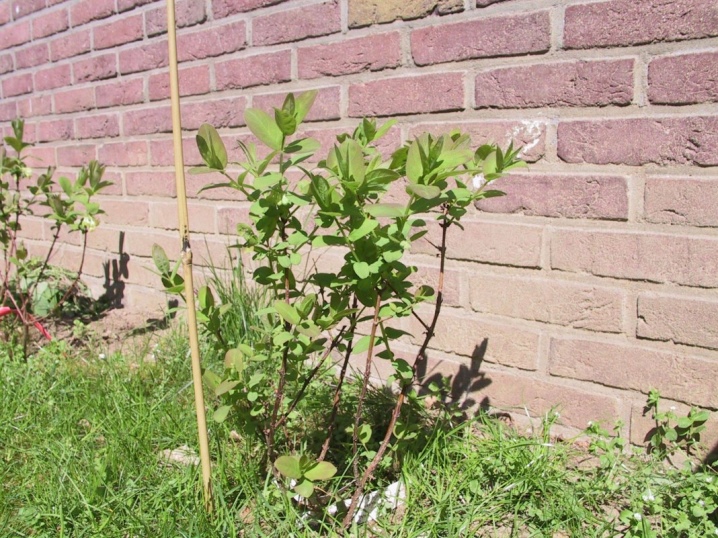
Neighborhood
The choice of neighbors for honeysuckle is very important, because one crop on the site can affect another, both positively and negatively. In nature, honeysuckle often grows next to crops such as barberry, juniper, hawthorn. She also feels very well next to the rose hips, this is one of her best neighbors. In the forest, shrubs are often found near maple and aspen. As for the site, then next to the honeysuckle, you can plant cucumbers and tomatoes, bell peppers. A shrub will enhance growth and development if zucchini, watermelons, melons grow near it.
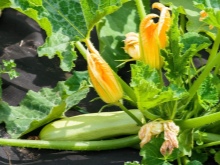
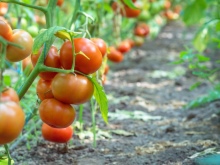
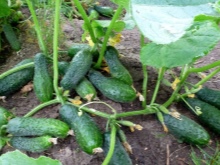
Let's consider in more detail the compatibility with the most popular crops, often found in summer cottages.
- Apple tree. Bad option, both for honeysuckle and apple trees. Both cultures need a lot of food and will compete. As a result, the growth of both slows down.
- Currant. Honeysuckle perfectly coexists with black currant. Crops have a good influence on each other, the harvests become more plentiful. But next to the red currant, the shrub, as a rule, does not take root.
- Raspberries. Despite the fact that raspberries love to grow alone, they get along very well with honeysuckle. The main thing is not to plant crops too close. In addition, experienced gardeners advise planting oats nearby. This green manure will saturate the earth with useful substances.
- Cherries and sweet cherries. This is a good neighborhood option, but you need to maintain distance so that cultures do not compete for food.
- Pear. Very bad neighborhood. Honeysuckle has a negative effect on the root system of the tree, which is why it often begins to hurt.
- Blackberry. Here you have to look at the variety of the blackberry itself. You can plant upright specimens next to it, but creeping ones cannot.
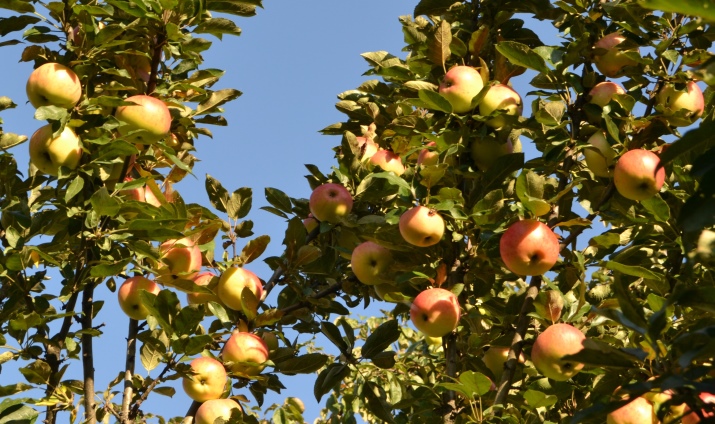
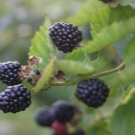
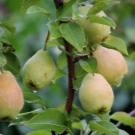
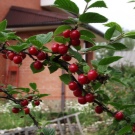
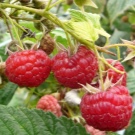
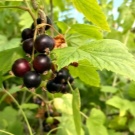
Honeysuckle also gets along with:
- blueberries;
- grapes;
- plum;
- quince;
- fern;
- lily of the valley;
- elderberry;
- thuja;
- cabbage;
- onions;
- parsley and dill.
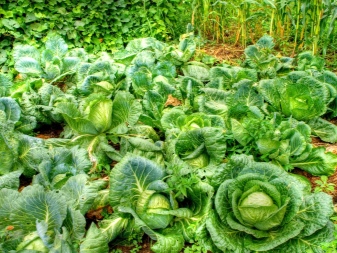
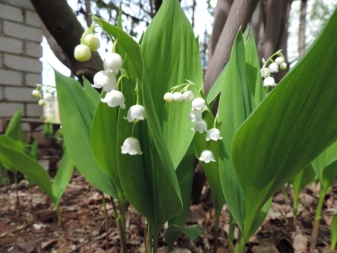
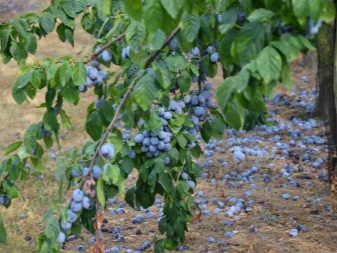
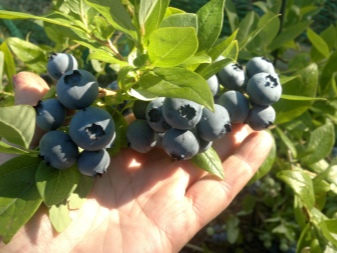
Bad neighbors:
- apricot;
- bird cherry;
- fennel;
- nut;
- spruce;
- Strawberry;
- spurge;
- Rowan;
- hyssop.

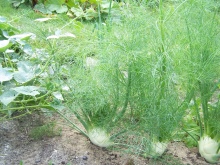
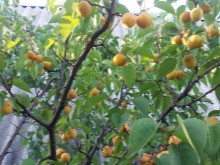
The nuances of choosing a place for different types
It's no secret that there are several varieties of honeysuckle. So, for planting, you can choose a decorative subspecies, the fruits of which cannot be eaten, or edible, which gives good yields. The choice of landing site will vary.
For edible
If you are going to plant such honeysuckle, you need to choose the right variety. It must be suitable for the region in which the gardener lives, otherwise the harvest may not wait. You always need more space for such honeysuckle. It can be planted in rows according to the 2x2 m scheme, as well as in groups (no more than 4 bushes). In the case of a group planting, at least a meter is left between the bushes. If honeysuckle is planted as a hedge, then the distance between the bushes should be 0.5 m.
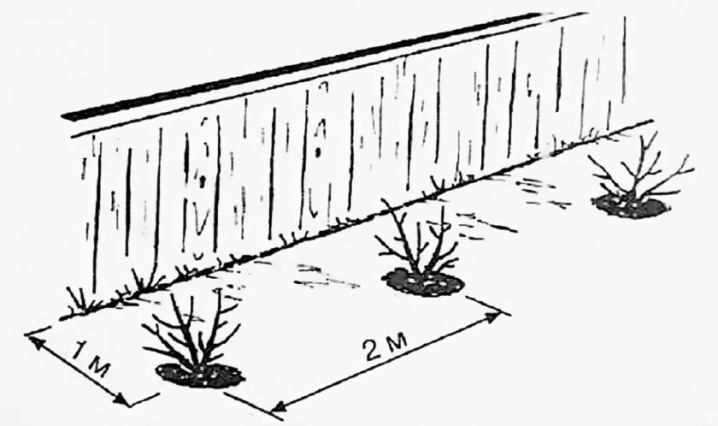
Edible honeysuckle is planted in spring. Only a sunny place is suitable for such varieties, otherwise the fruits will taste very sour. And also it is worth choosing a site with the most nutritious soil, do not forget to add additional fertilizing to it in the future. In addition, the edible honeysuckle shrub cannot be grown on a solo plot.
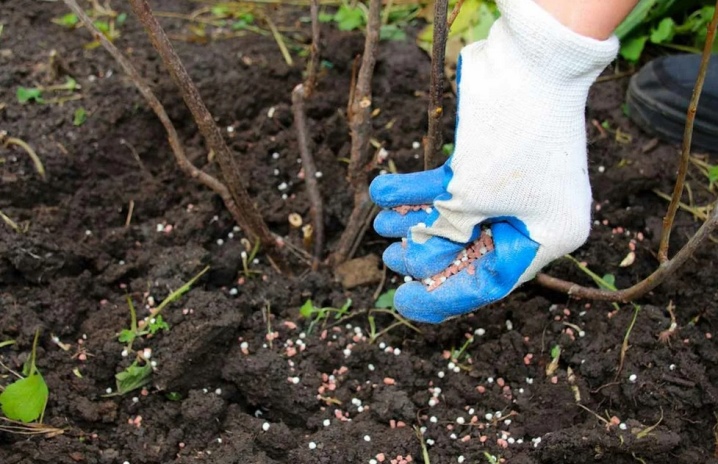
If you want to taste the fruits, you will have to leave room for pollinators, at least a couple of other varieties. Without pollination of berries, there will be no honeysuckle.
For decorative
With this type of honeysuckle, the situation is a little easier. Of course, the bush is also very fond of the sun, but partial shade is not terrible for him. True, if the plant is shaded, fewer flowers will appear on it, and a certain proportion of decorativeness will be lost. Therefore, most often decorative honeysuckle is placed on the south side.
Some varieties curl beautifully and this can be used on the site. To do this, you should choose a place that you would like to decorate. For example, it can be an arch or a gazebo. The planted honeysuckle will wrap around the target object, ennobling the area.
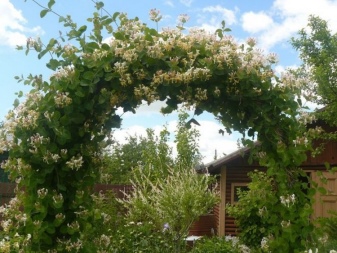
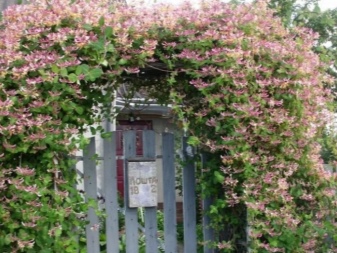
Besides, decorative varieties are also used to create hedges. They are also planted on lawns, rockeries and alpine hills. If several plants are planted, it is worth considering that they will grow very strongly. Therefore, you need to leave a certain place in advance.
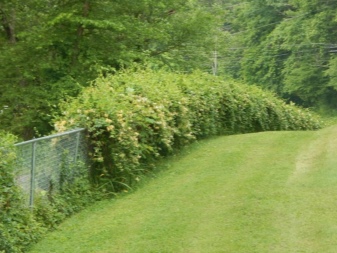
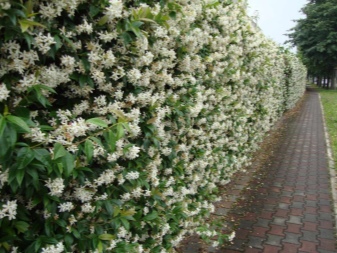
Possible mistakes
Summing up, it is worth once again paying attention to the mistakes that gardeners can make:
- the presence of strong drafts, landing on the northern side of the site;
- planting plants in unsuitable soil or soil with high levels of moisture;
- ignoring soil preparation - lack of digging, fertilizers;
- planting only one variety (we are talking about an edible subspecies);
- placement of the plant near tall trees with a very developed root system (oak, walnut, and others);
- lack of drainage in the soil.
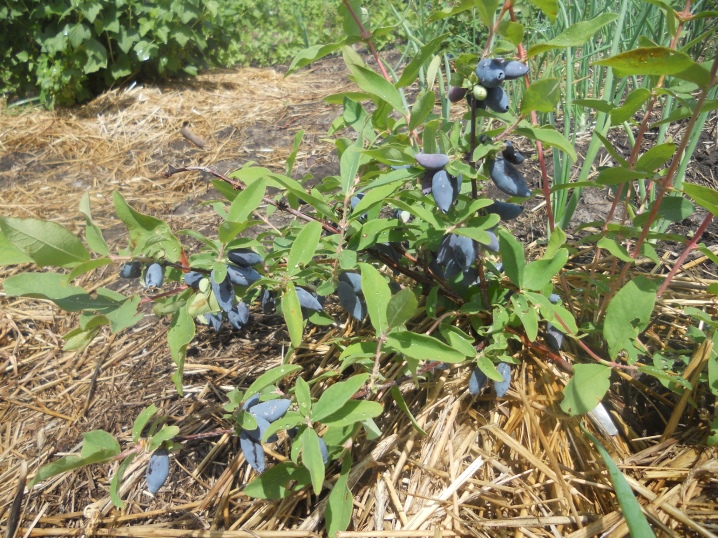











The comment was sent successfully.